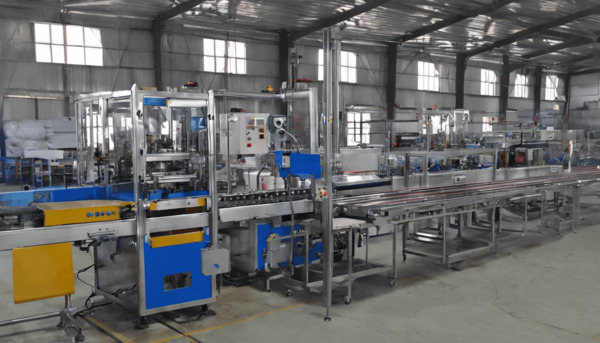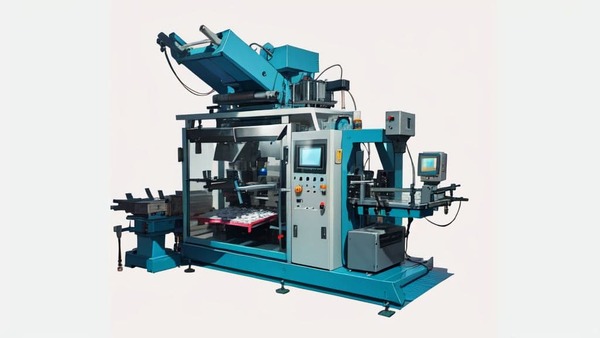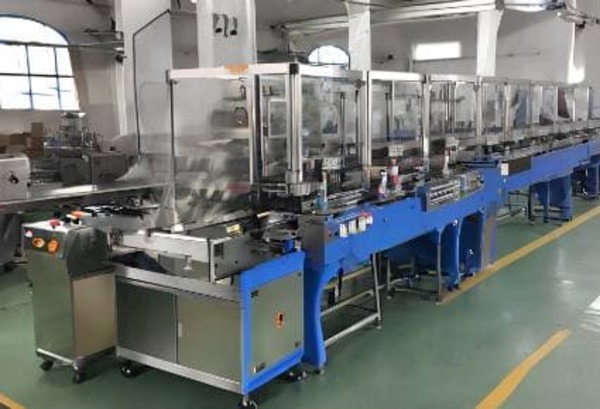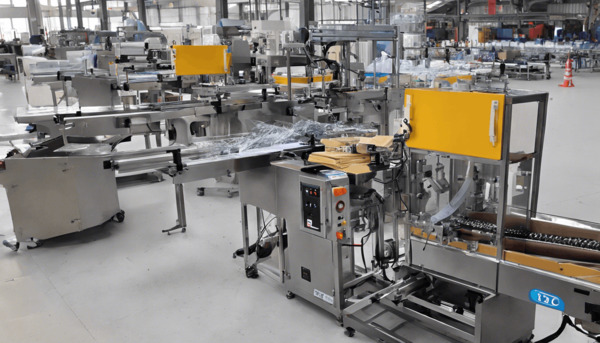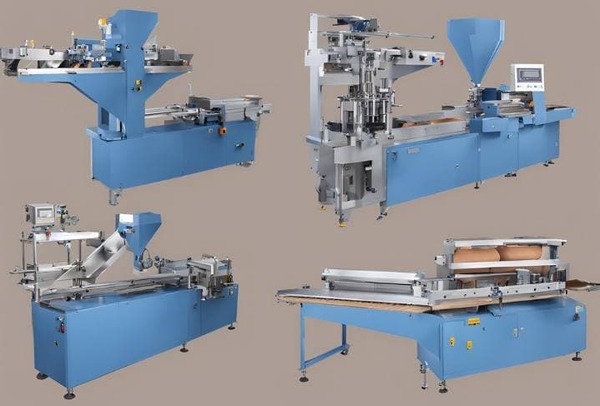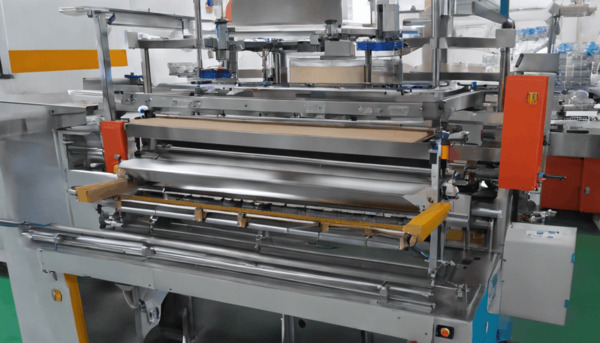
What is a Bottle Filling and Capping Machine?
A bottle filling and capping machine is an essential piece of equipment in the packaging industry, particularly within sectors like food and beverage, pharmaceuticals, cosmetics, and chemicals. These machines are designed to automate the process of filling bottles with a liquid or semi-liquid product and then sealing them with caps. The automation provided by these machines enhances production efficiency, accuracy, and hygiene, which are critical factors in industries that require high-volume production and stringent quality standards.
Components of a Bottle Filling and Capping Machine
A typical bottle filling and capping machine consists of several key components, each playing a crucial role in the overall operation:
- Conveyor System: This is used to transport bottles through different stages of the filling and capping process. The conveyor ensures a continuous flow of bottles, thereby maximizing throughput.
- Filling Station: This component is responsible for accurately dispensing the product into the bottles. Different types of filling mechanisms are used depending on the nature of the product, such as gravity fillers, piston fillers, or pump fillers.
- Capping Station: Once the bottles are filled, they are moved to the capping station where caps are placed and secured onto the bottles. This can be done using various techniques such as screw capping, snap capping, or corking.
- Control System: Modern machines are equipped with sophisticated control systems that allow operators to monitor and adjust the filling and capping process. This ensures precision and consistency in the production line.
- Inspection and Quality Control: Some machines include features for inspecting filled and capped bottles to ensure they meet quality standards. This may involve checking fill levels, cap tightness, and label placement.
Types of Bottle Filling and Capping Machines
There are several types of bottle filling and capping machines, each designed to handle specific types of products and production volumes:
- Automatic Machines: These are designed for high-volume production and can operate continuously with minimal human intervention. They are ideal for large-scale manufacturing facilities.
- Semi-Automatic Machines: These machines require some level of manual operation but still offer significant automation benefits. They are suitable for medium-sized operations.
- Manual Machines: Used in small-scale operations, these machines require full manual operation. They are cost-effective for businesses with limited production needs.
Applications and Benefits
Bottle filling and capping machines are used across various industries, each benefiting from the technology in unique ways:
- Food and Beverage Industry: These machines are used to fill and cap products like juices, sauces, and carbonated drinks. They ensure that products are filled accurately and sealed to maintain freshness and prevent contamination.
- Pharmaceutical Industry: In this sector, precision and hygiene are paramount. Filling and capping machines help in maintaining the integrity of pharmaceutical products by preventing contamination and ensuring accurate dosages.
- Cosmetics Industry: For products like lotions, creams, and perfumes, these machines provide the necessary precision and efficiency in packaging, which is crucial for maintaining product quality and appearance.
- Chemical Industry: These machines handle various chemicals, ensuring safe and accurate filling and capping to prevent leaks and spills.
The primary benefits of using bottle filling and capping machines include increased production speed, improved accuracy and consistency, reduced labor costs, and enhanced product safety and hygiene. These advantages make them indispensable in modern manufacturing and packaging operations.
Challenges and Considerations
While bottle filling and capping machines offer numerous benefits, there are challenges and considerations to keep in mind:
- Initial Investment: The cost of purchasing and installing these machines can be significant, especially for small businesses. However, the long-term savings in labor and increased production efficiency often justify the investment.
- Maintenance and Downtime: Regular maintenance is required to keep the machines running smoothly. Unplanned downtime can disrupt production schedules and lead to financial losses.
- Product Compatibility: Not all machines are suitable for all types of products. Businesses must ensure that the machines they choose are compatible with their specific products and packaging requirements.
- Regulatory Compliance: In industries like pharmaceuticals and food and beverage, machines must comply with strict regulatory standards to ensure product safety and quality.
Conclusion
Bottle filling and capping machines are vital components of the packaging industry, providing automation and efficiency that are crucial for meeting the demands of modern production. While they require a significant initial investment and ongoing maintenance, the benefits they offer in terms of speed, accuracy, and hygiene make them indispensable for many businesses. As technology continues to advance, these machines are likely to become even more sophisticated, offering enhanced capabilities and further streamlining the packaging process.
